Learn Blockchain
Why Lotto Miners Are Exploding in Popularity(2): Understanding the Solo-Mining Craze
In 2025, a “lotto” frenzy swept the mining community. What was once a niche product—the lotto miner—suddenly catapulted into the spotlight. Brands like Lucky Miner led this surge of low-power, solo-mining devices that flew off shelves, sold out, or even retailed above their list price on e‑commerce platforms. Across YouTube, Facebook, Reddit, and other social networks, discussions around lotto miners spiked dramatically. Where these forums used to center on technical tips and mining strategies, the lotto miner became the ultimate traffic magnet: test videos racked up hundreds of thousands of views, comment sections buzzed with curiosity, and Reddit threads overflowed with personal anecdotes and debate.
Often called the “scratch-off ticket of the digital-asset era,” a lotto mining device appeals to retail crypto miners thanks to its low entry cost and high-variance reward potential. Fueled by dreams of striking it rich, individuals jumped into this community-driven lottery, eager for that life-changing jackpot.
But this phenomenon isn’t just an extension of Bitcoin’s high-powered hashrate wars—it’s a paradigm shift in how average users perceive mining economics. A path once reserved for deep-pocketed operators is now marketed as a lottery: minimal cost, maximum upside, highly shareable on social media.
So what exactly is a lotto miner? Can it really break the mining oligopoly, defying high-energy costs and centralized farms to offer new wealth opportunities for small-scale investors? Or is it simply the next tech hype wave with speculative fervor dressed up as hardware innovation? This article will dissect the trend from multiple angles—technical model, macro environment, reward structure, real-world cases, and risk factors—to provide a systematic overview of this emerging craze.
1. Technical Model Breakdown: From Stable Hashrate to Probability Play
What Makes a Lotto Miner Different?
Traditional Bitcoin miners—such as the Antminer S19 or WhatsMiner M30 series—typically join large mining pools and earn consistent, proportional payouts under PPS, FPPS, or PPLNS models. The emphasis is on steady, predictable returns.
Lotto miners, by contrast, operate exclusively in a solo-mining setup. Each device connects to a solo pool (e.g., ViaBTC, CKpool) and competes on its own. If it solves a block, it receives the entire reward: no sharing, no splitting.
With Bitcoin block rewards at 3.125 BTC (post-April 2024 halving) and prices hovering around $110,000 in early June 2025, a single block is worth about $343,750—yet the probability is infinitesimal, tied directly to the ratio of the miner’s hashrate to the global hashrate.
· Global Hashrate: ~650 EH/s
· Single Device (e.g., Lucky Miner LV08): 4.2 TH/s
· Win Probability: ~1 in 650,000 per block
In essence, a lotto mining device is a high-variance, low-cost probability game pitting a miner’s entire hashrate against the network.
Why Now? The Drivers Behind the Lotto Boom
1. Backlash Against Hashrate Centralization
Since the 2024 halving, large-scale mining farms with liquid cooling, data-center infrastructure, and bulk ASIC purchases have squeezed retail miners out of reliable profits. Lotto miners offer a countertrend: instead of stable yields, they bank on tiny odds of a huge payout, sidestepping the hashrate barons.
2. Lucky Miner’s “Low Power + Social Buzz” Strategy
In late 2024, the Lucky Miner team unveiled its LV series optimized for solo mining—custom ASIC chips, light-pool compatibility, and marketing pitched around “ultra-low energy + lottery-like odds.” Models like the LV03-Solo Mini (1 W power draw, USB stick-sized) became social-media darlings: TikTok clips, YouTube Shorts, and Reddit unboxings created FOMO and drove viral sales.
3. Favorable Macro Tailwinds
May 2025 saw Bitcoin break $110K amid positive policy signals:
o U.S.–China trade tensions eased under tariff reciprocity talks
o U.S. Senate advanced the Stablecoin Innovation Act for compliant digital assets
o Hong Kong passed a Stablecoin Framework on May 30th, boosting transparency
o Major spot BTC ETFs (BlackRock, Fidelity) continued drawing institutional capital
The price rally supercharged solo-mining reward fantasies, and lotto miners rode the wave.
4. Social-Driven “Wealth Story” Phenomenon
When probability becomes a story, stories become short videos, and short videos become investment triggers. Word spread fast: one Telegram user in the Philippines reportedly mined a block in 6 hours for 3.125 BTC; YouTube channel “CryptoAce” claimed two blocks in three months across ten Lucky Miners. Whether fully verified or not, these anecdotes stoked FOMO: tiny odds felt worth chasing for outsized gains.
2. Real-World Economics: Models, Cases, and Hard Numbers
The Extreme-Risk Reward Model
Using the Lucky Miner LV08 (4.2 TH/s) as a baseline:
|
Parameter |
Value |
|
Global Hashrate |
650 EH/s |
|
Device Hashrate |
4.2 TH/s |
|
Block Reward |
3.125 BTC ≈ $343,750 |
|
Win Probability per Block |
~0.00015% (1/650,000) |
|
Non-winning Earnings |
Near zero (unless pooled) |
Even deploying 10,000 LV08 units ( 42 PH/s total) only raises win odds to ~1.5%. The distribution of returns follows a Pareto-like, heavy-tailed curve: a few hit it big, while the vast majority earn nothing.
Notable Solo-Mining Blocks
· June 5, 2025: Solo CKpool block #899,826 (~$330K reward) after a sudden 259 PH/s hashrate spike—reported by Cointelegraph.
· Feb 10, 2024: Unknown miner on CKpool solo-mined with a Bitaxe Pocket Rig (~$300K reward)—covered extensively by Cointelegraph.
These events confirm the statistical possibility but remain outliers, not strategic templates.
3. Industry & Regulatory Perspectives: Innovation or Illusion?
Institutional Caution
· HashKey Capital: “Lotto miners democratize solo mining for education and research, but lack hedging mechanisms—unsuitable for core asset allocations.”
· Standard Chartered (Apr 2025 report): “Solo-mining risks amplify during price peaks and network congestion—retail investors should stick to stable PPS models.”
· Hong Kong Virtual Asset Platforms Assoc. (HKVAPA): Added lotto miners to its risk-warning list, urging pools to clearly label solo-mining probability attributes.
Regulatory & Gray-Market Risks
Low barriers invite abuse: fraudulent groups in Mainland China, Indonesia, and Vietnam have set up rebate schemes and opaque crowd-mining plans, preying on inexperienced buyers.
Regulatory Recommendations:
- Solo mining isn’t securities, but any crowd-funding or opaque profit-sharing must fall under virtual asset oversight.
- Legitimate manufacturers should bolster brand protection and user education to disrupt gray-market exploitation.
4. Conclusion: Lotto Miners—Key to Wealth or Digital Bait?
Lotto miners aren’t just repackaged rigs or destined tech bubbles. They carve out a niche in a centralized mining landscape by offering one-in-a-million opportunities at pennies on the dollar.
Yet they are also a statistical crucible and a risk-awareness workshop, reminding us:
- Low cost ≠ Low risk
- Frequent failure is inevitable
- Expectation management matters
For crypto newcomers, a lotto mining device—especially from a trusted brand like Lucky Miner—serves best as an educational entry point rather than a shortcut to riches. For experienced miners, it’s a niche tool for strategic deployment, not a primary revenue driver.
Ultimately, lotto mining highlights an important industry truth: even under the thumb of hashrate giants, there’s still appetite for personalization, experimentation, and decentralized participation. Technology should empower—no matter how slim the chance.




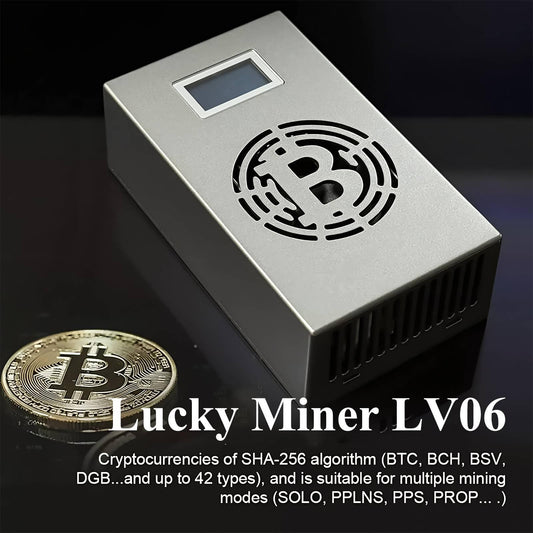
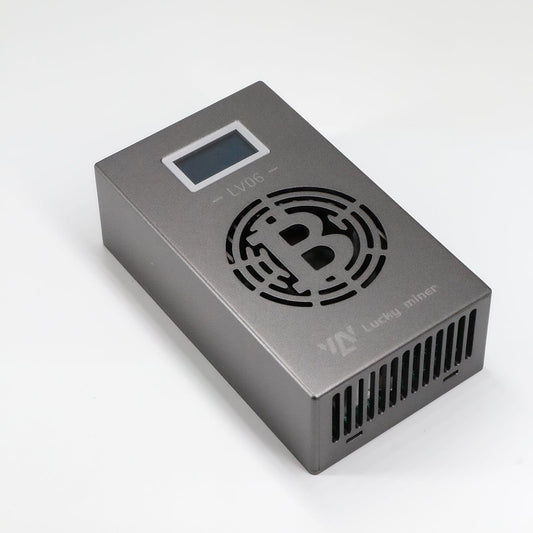



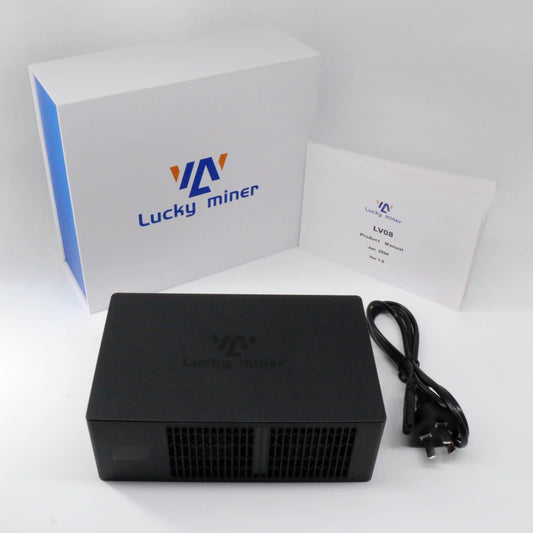
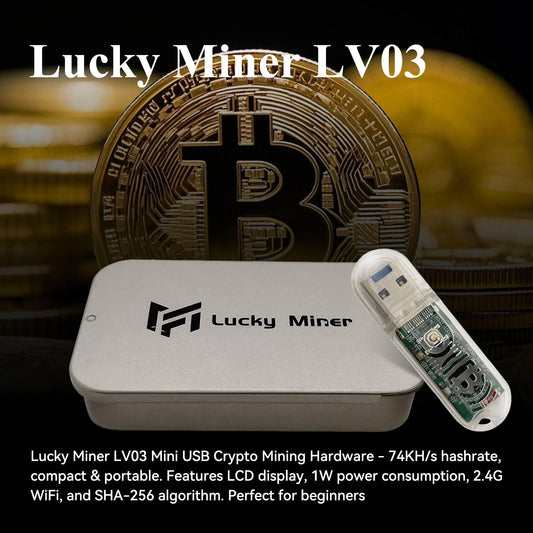
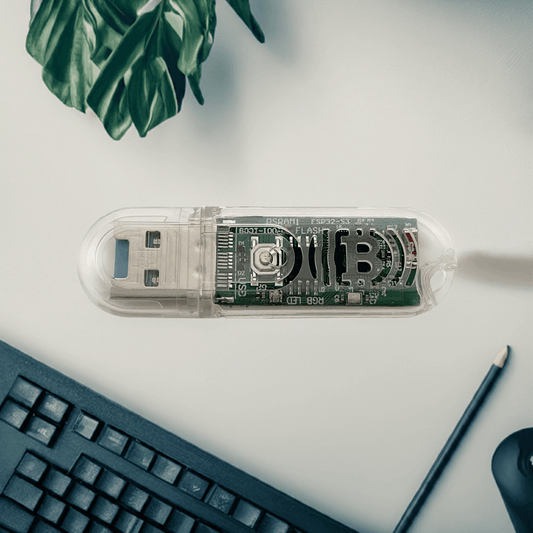

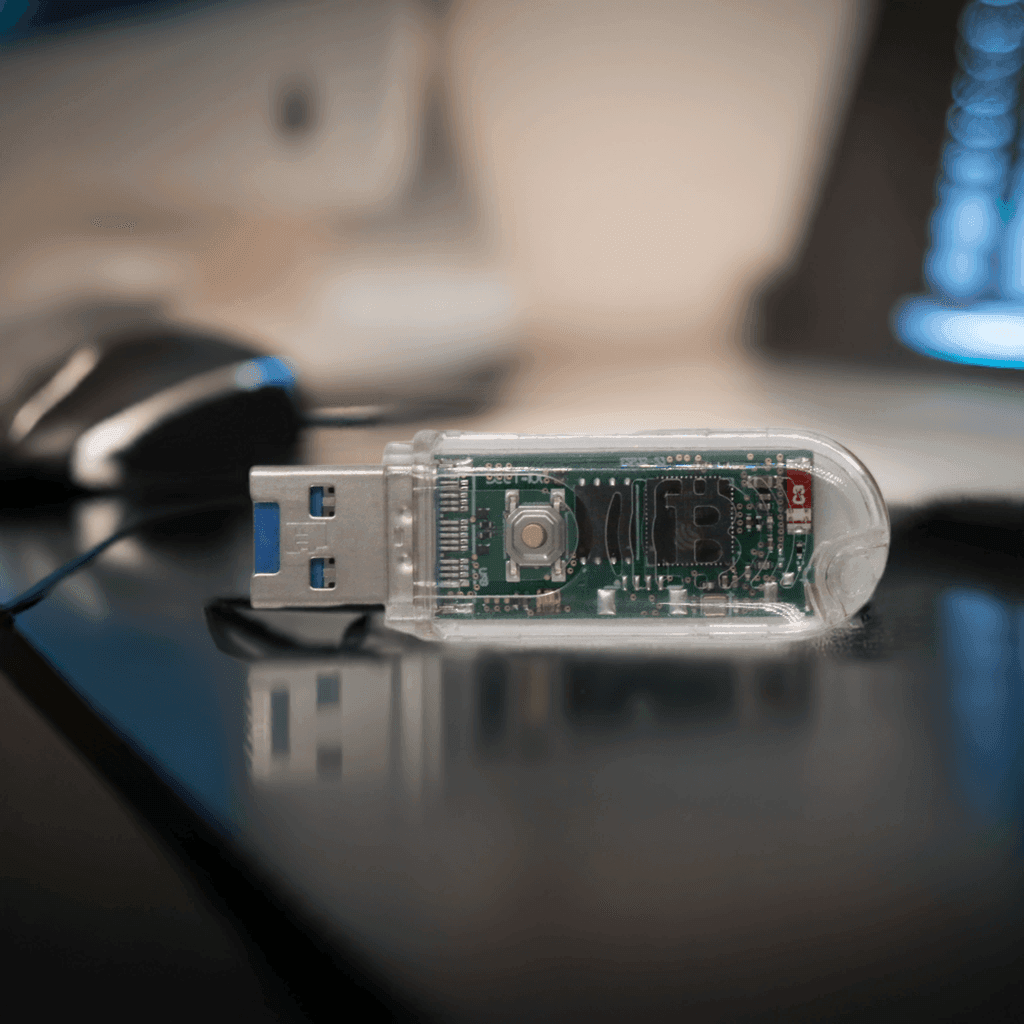

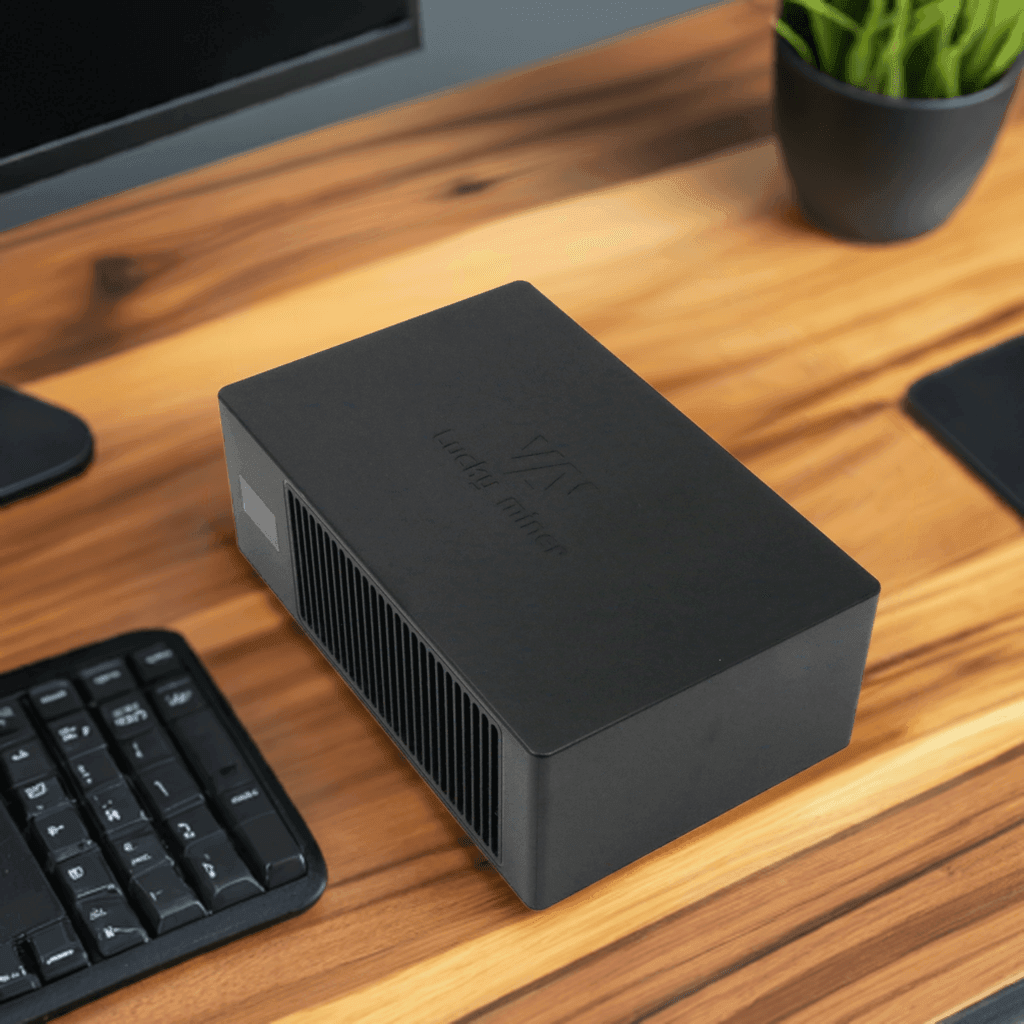

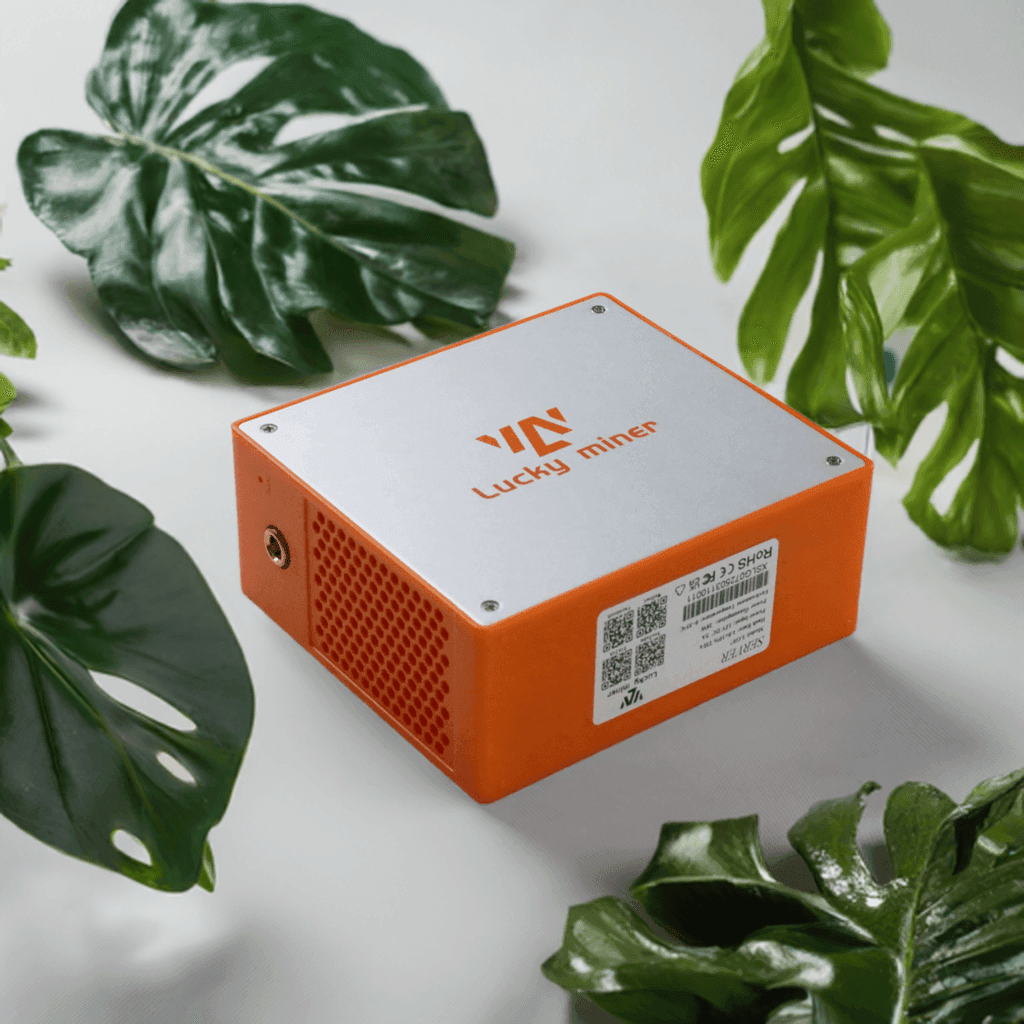

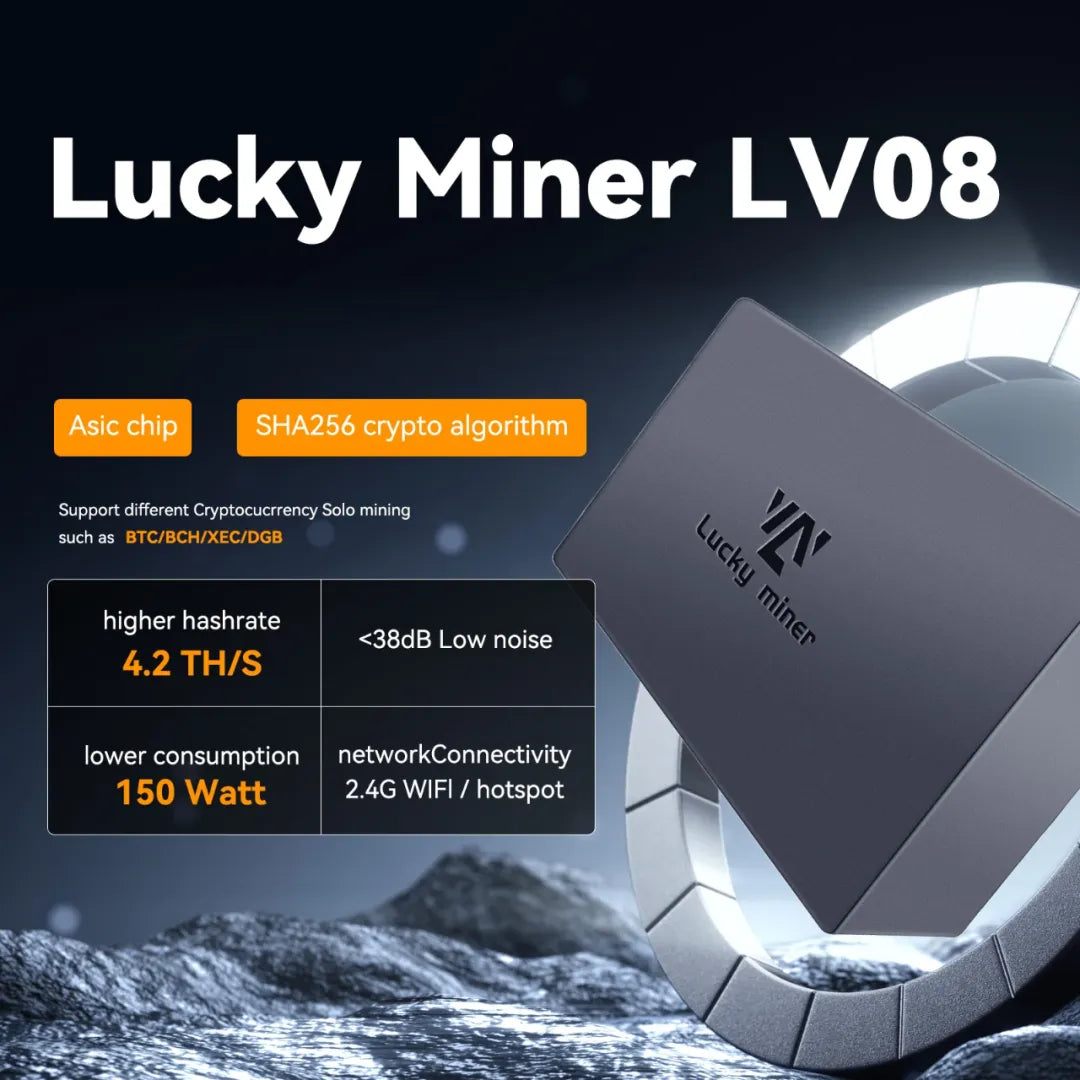

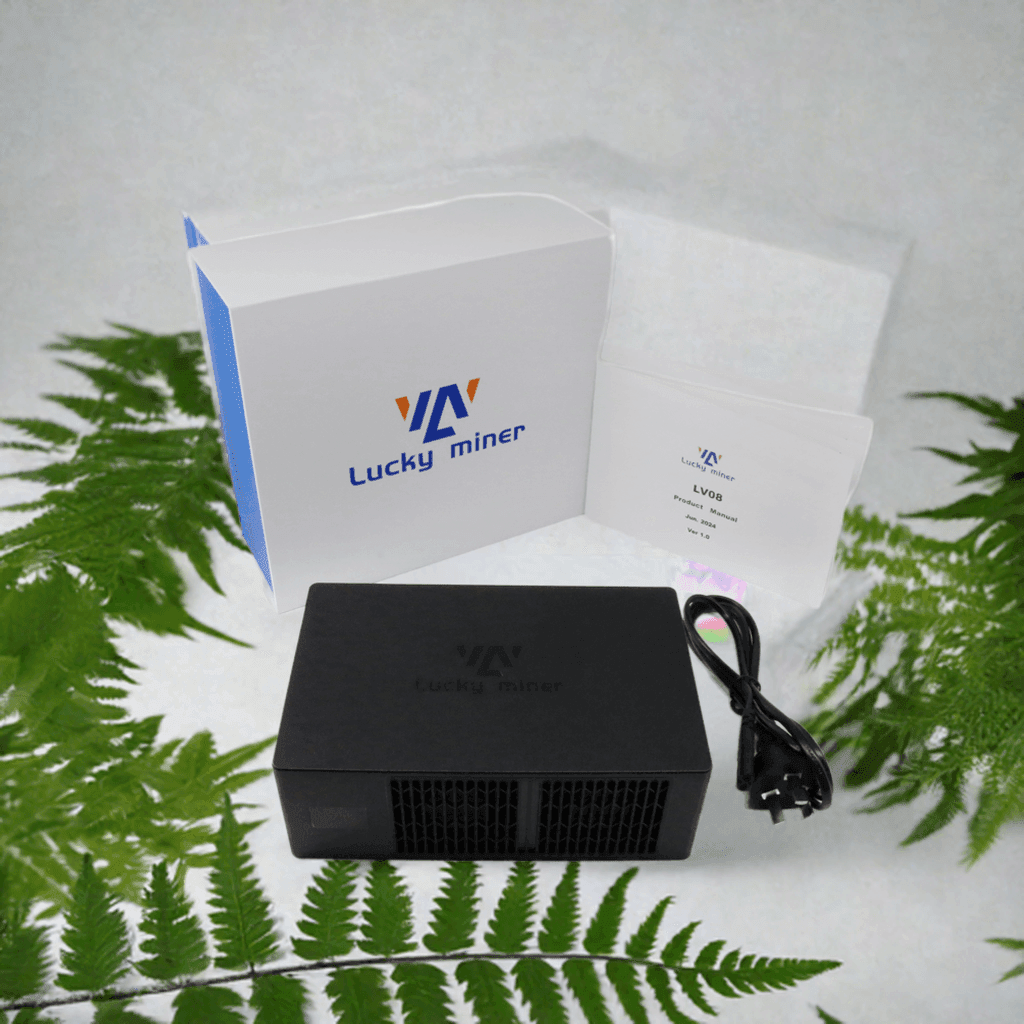
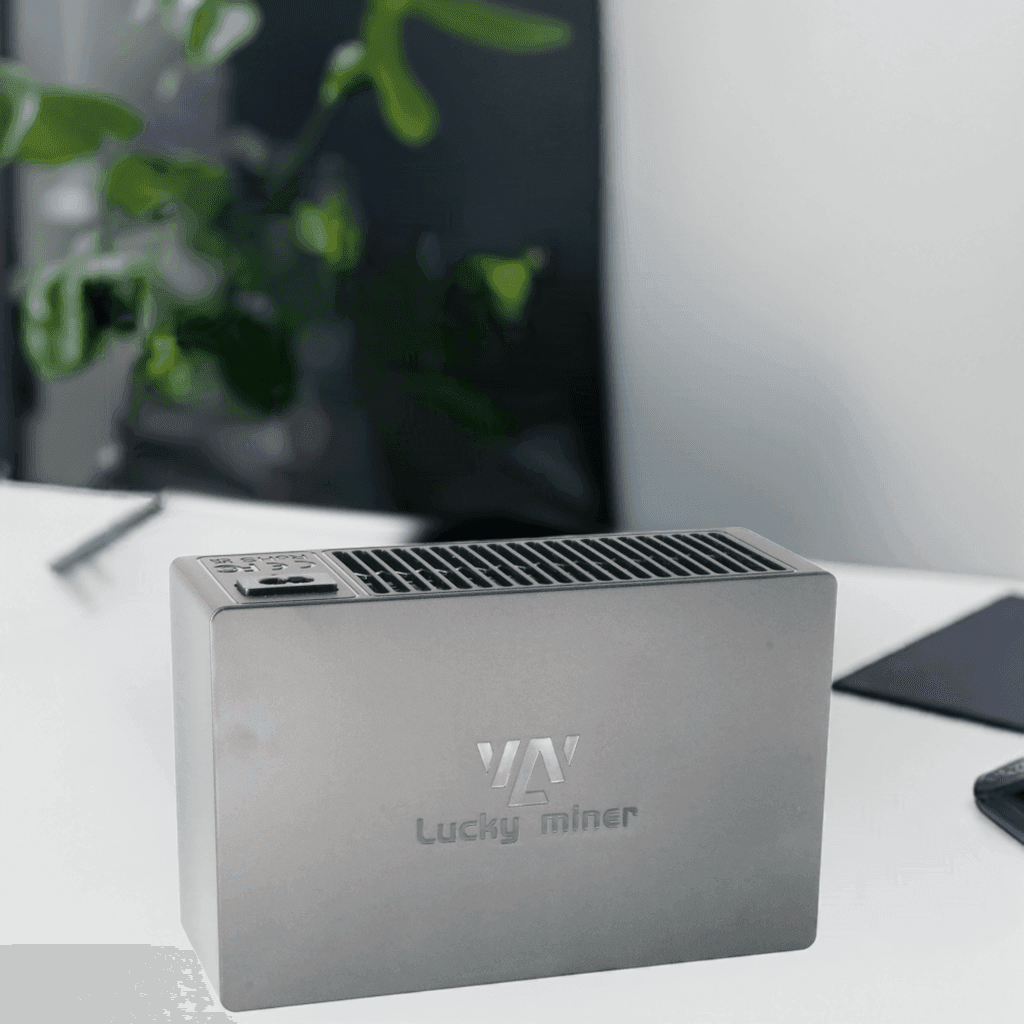
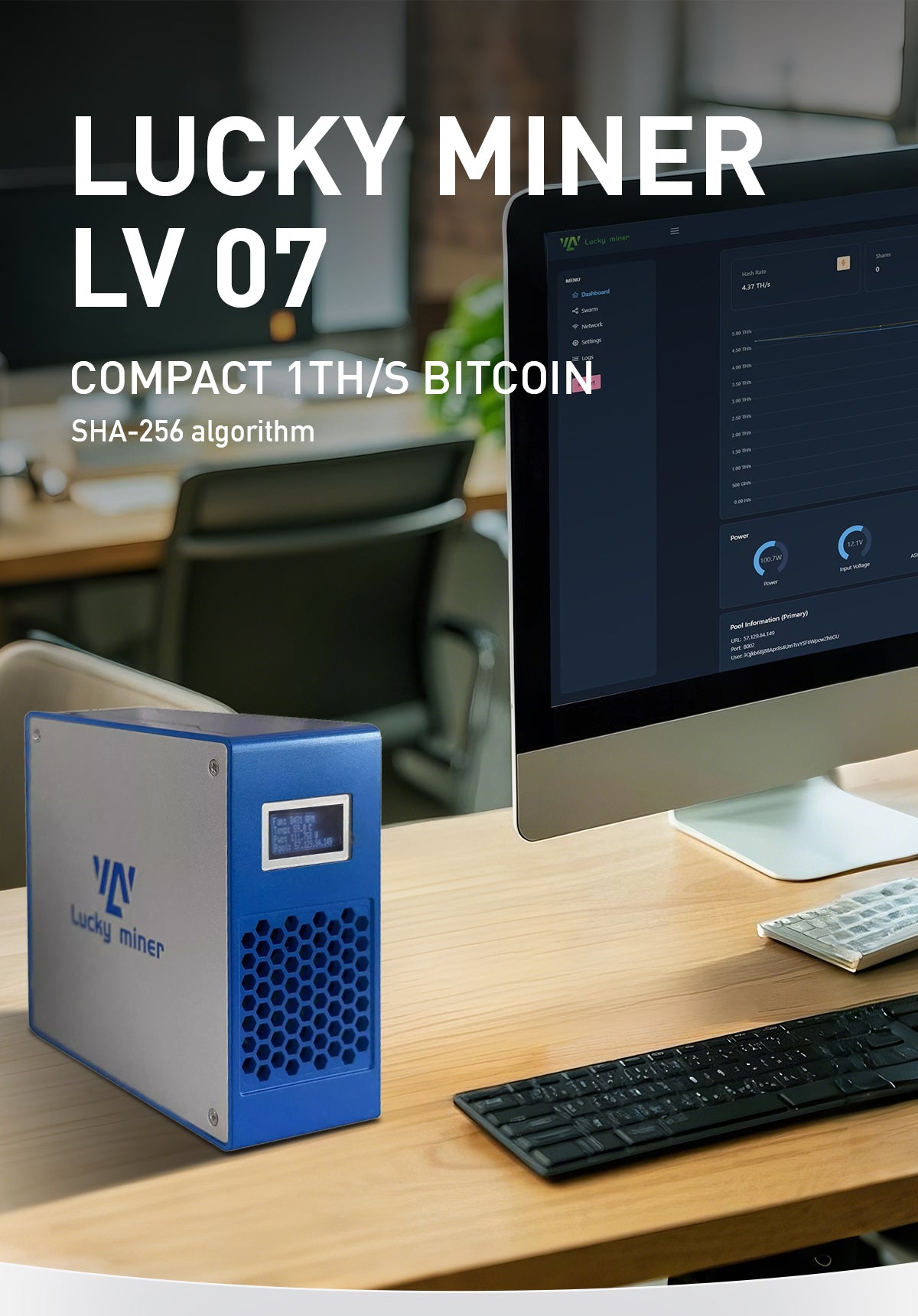
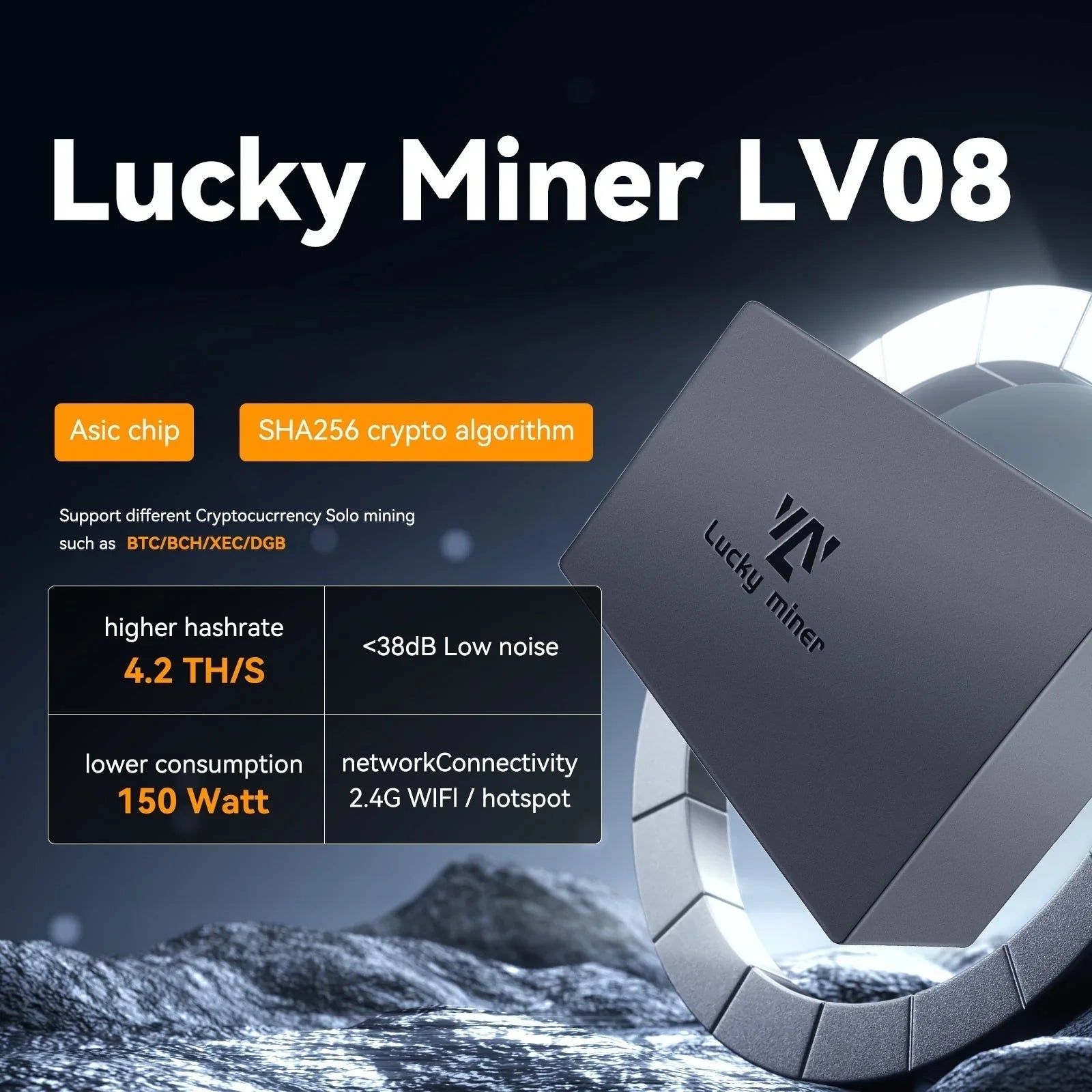

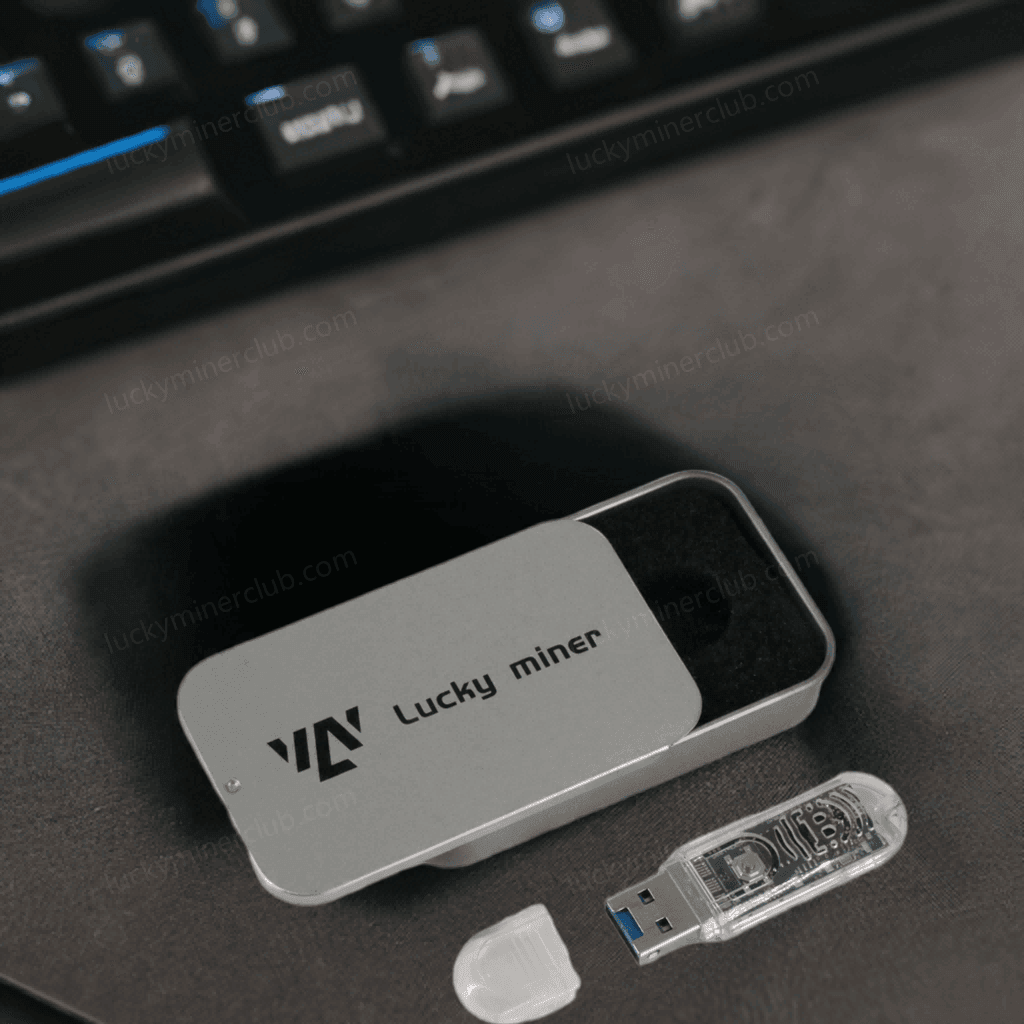
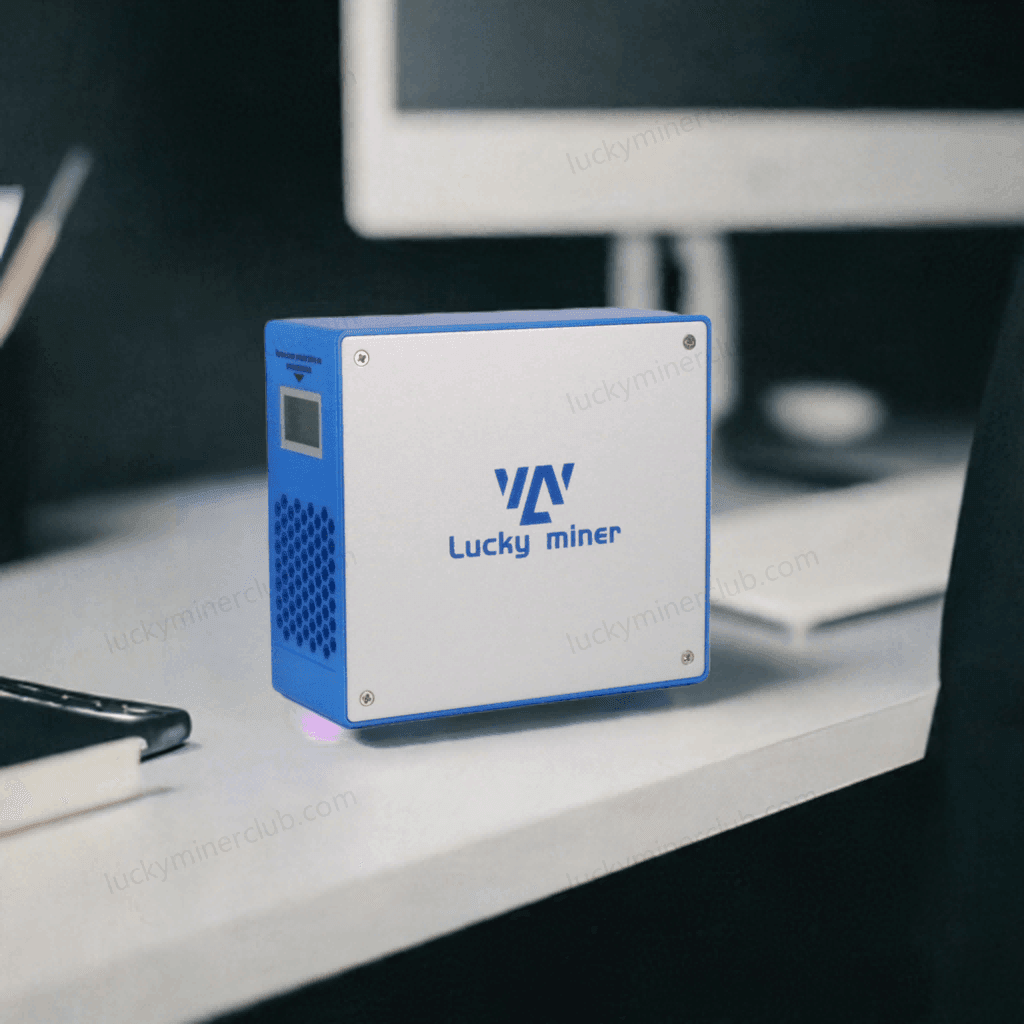
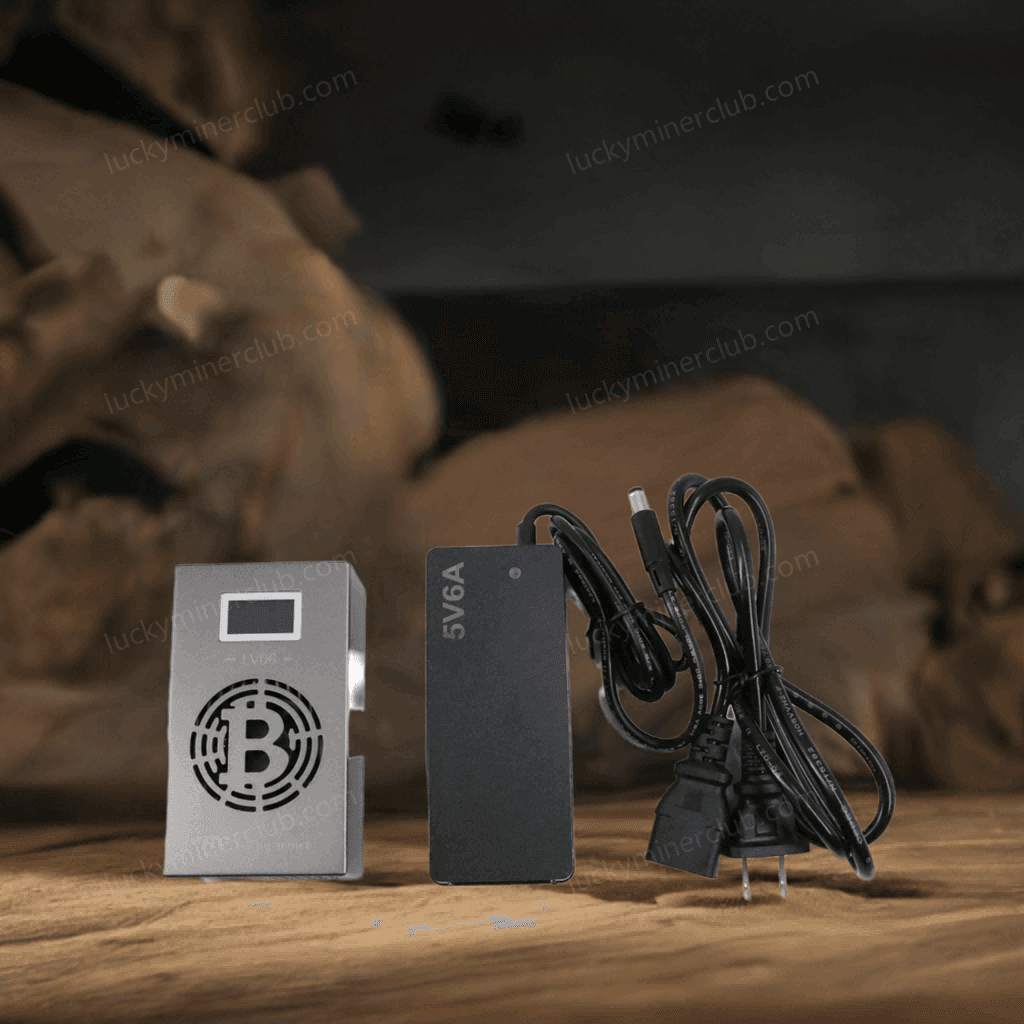

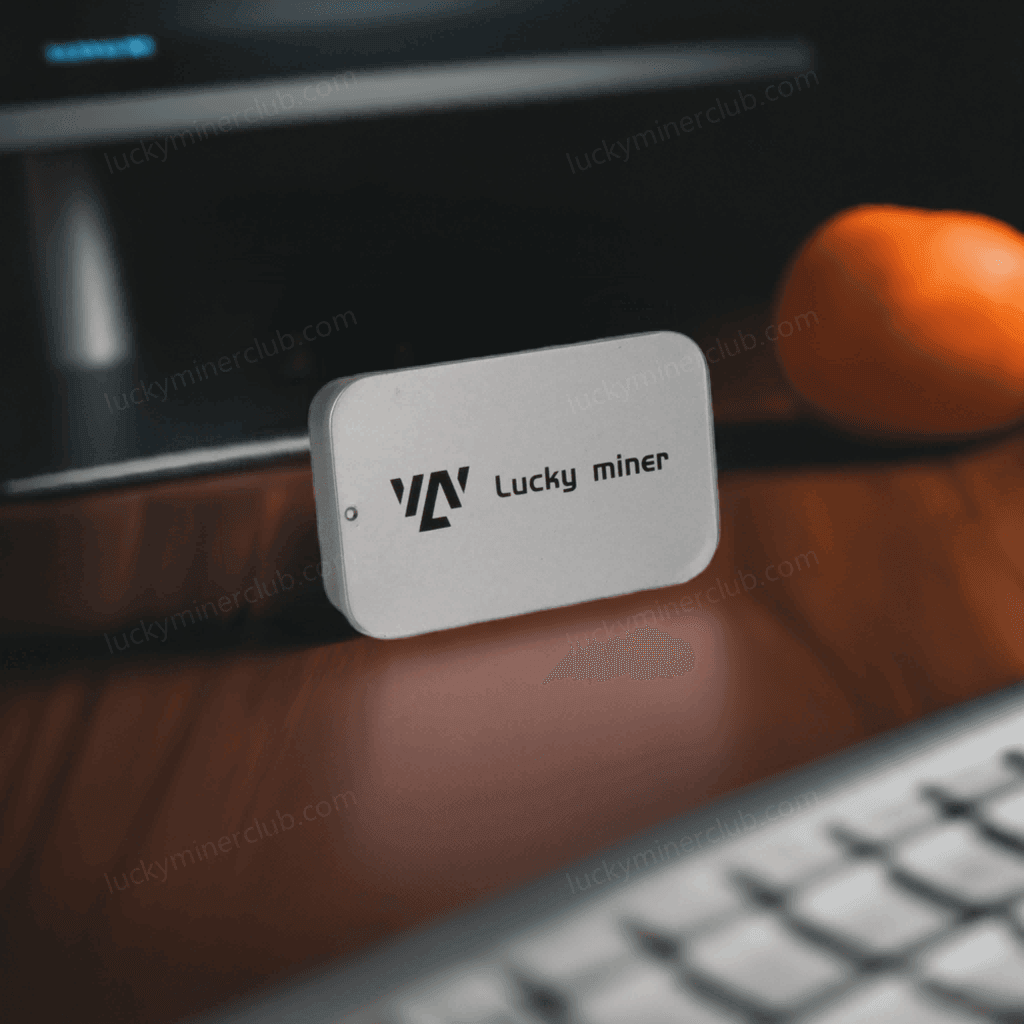
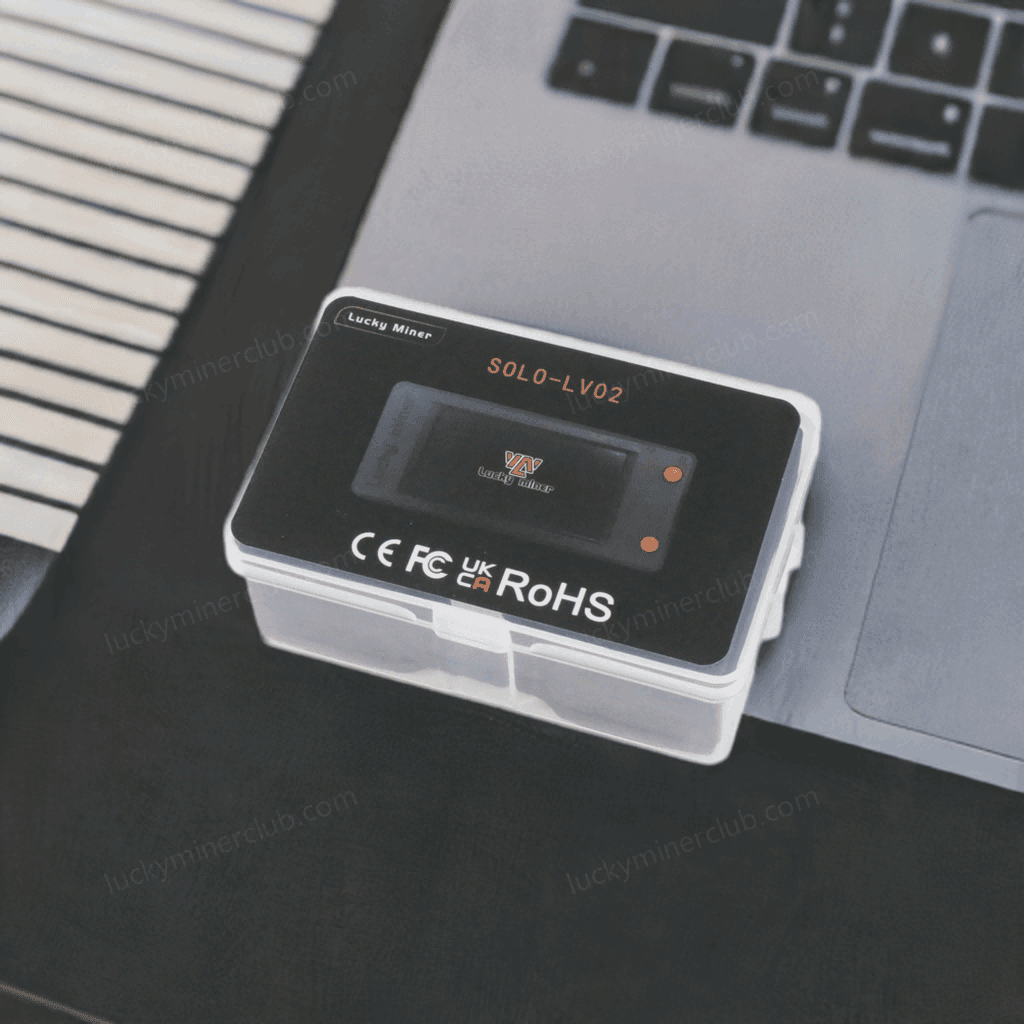
Leave a comment